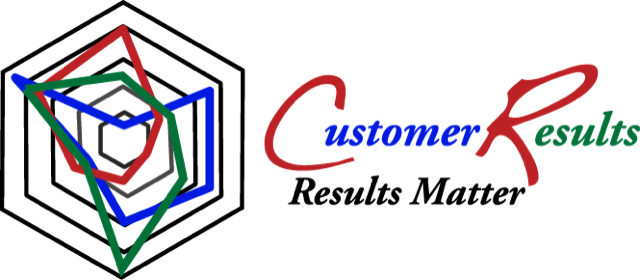The Product Manager function in the organization
Typically organizational analysts tend to refer to challenges from the function or role. We have found it more impactful and helpful to think about it from the point of view of the person (not least because the CX movement is all about the persona) . So think of the “Product Manager” rather than “Product Management”.
Simplistically organizational success is fundamentally dependent on the products (and/or services but lets simplify to products) that an organization sells and delivers. Whether made themselves or made by someone else and resold.
While product managers might find all kinds of ways to get close to customer, in a simplified functional organization chart they actually sit here.

Which presents a challenge
- Product managers are dependent on the marketing, sales, service, digital and partner channels to engage with customers and disconnects between those functions can be problematic (and devastating) for the success of their product.
- Each of these functions has a different perspective (and often different goals and objectives) but often limited understanding of how those differences impact the customer.
So how do Journey Maps help
A journey map expresses the relationship with the company (and therefore the product) from the customers’ point of view (their experience journey)

Which then enables the organization as a whole to understand how many different functions impact the customers’ experience (and therefore the success of the product)

Facilitating discussion (and agreement) around topics such as:
- What does each organization function do that serves each stage of a customers’ journey?
- How do the various organizations align (or misalign) in delivering excellent experiences related to each stage and the journey as a whole?
- What does a customer need to move from one stage to the next?
- How does each organizational function assist with or motivate the customer to keep moving?
- What do we do today that inhibits this smooth flow?
- Are there disconnects between the various experiences the functions deliver that hurt the customer and their experience (and therefore us and our results)
- What can we do better to manage this journey smoothly and seamlessly with minimum effort for the customer?
- What people, process, technology and data supports this ?
- How do I effect change to get from where we are today to where we want to be tomorrow and what are the highest priority things to work on today?
So What do I do?
We have found a number of useful activities for Product Managers to conduct to use Journey Maps take charge of their own success and align the various functions to deliver to the customer (and therefore maximize their own success)

- Sketch the customer journey as you see it for your product (or product sets) with different journeys for different customers segments as appropriate (CX people often call these segments Persona)
- Define a series of “swimlanes” which represent the answers to a set of key questions to ask and answer along the journey ?
- Identify representatives of each involved function and share this draft journey with them either individually or in a group setting (helpful tip . making it look a little rough makes it easier for them to touch and change .. a process often called fingerprinting . too polished and people tend to be nervous and resistant).
- Don’t forget functions that may not be intuitively involved like IT, Finance, Legal and HR who will have important contributions to make.
- Act
- Continue to update and use this journey view over time to get people used to seeing your product through the eyes of the customer
- You may want to consider using one of the many helpful and low cost Journey Mapping software tools such as UXpressa (uxpressa.com) or Cemantica (www.cemantica.com) rather than a more general drawing tool such as Powerpoint, Word, Excel, Illustrator, Miro or Mural.


Recent Comments